| SPSD Tropical Program Products: |
|
|
Satellite Imagery |
eTRaP |
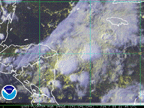 |
Static and animated imagery of tropical disturbances, tropical cyclones and areas of interest. Users have the ability to overlay a variety of data on animated imagery loops of tropical storms.
Tropical Cyclone Floaters
Atlantic Imagery | Pacific Imagery |
 |
The eTRaP is a simple ensemble that allows for the generation of probabilistic forecasts of rainfall in addition to deterministic rainfall totals. |
|
|
Dvorak Classifications |
Microwave Positions |
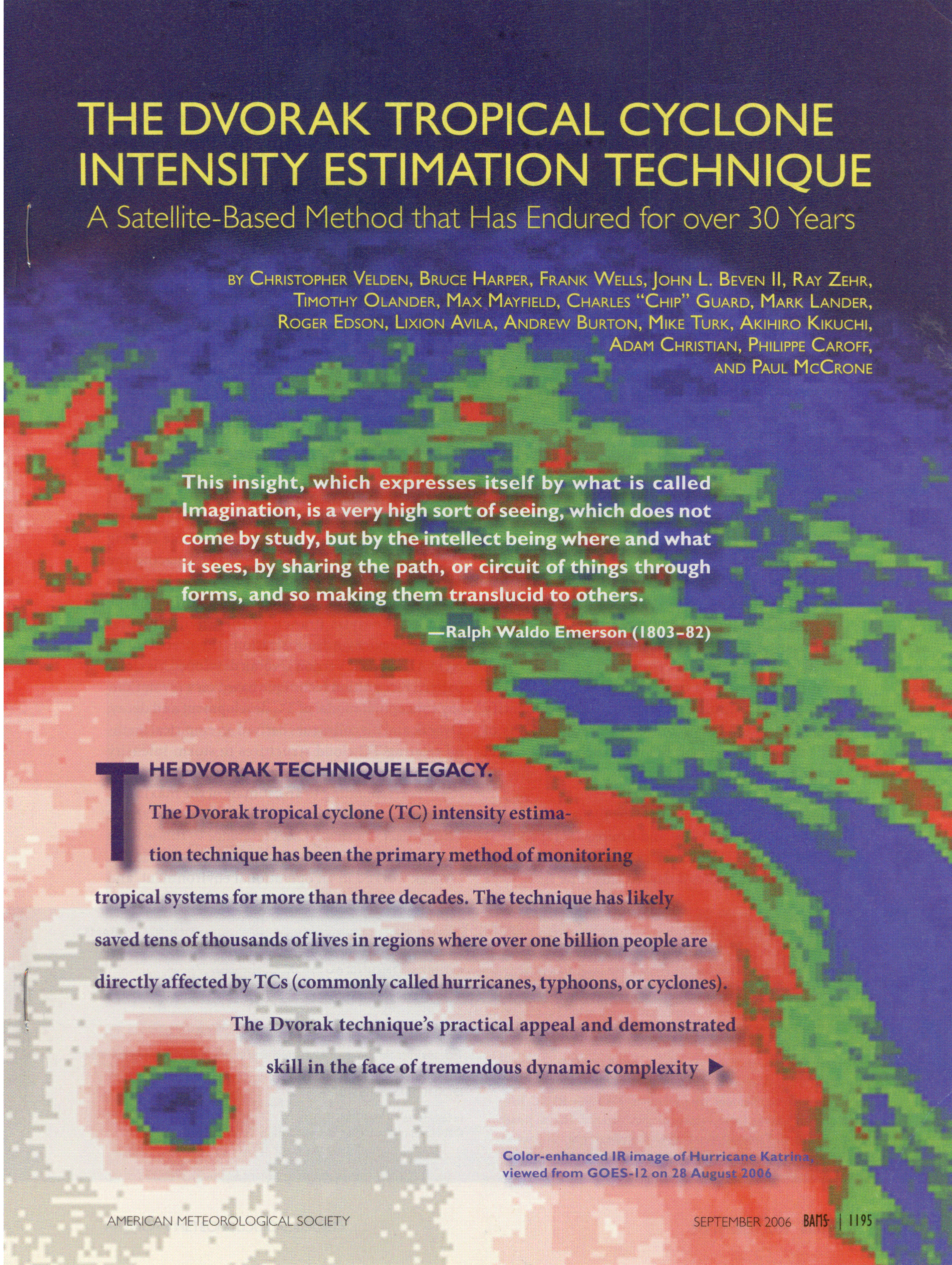 |
Subjective position and intensity estimates of tropical disturbances and cyclones across the globe using the internationally recognized Dvorak technique. |
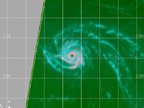 |
Subjective position estimates of tropical disturbances and cyclones across the globe using a variety of microwave sensors. |
|
|
Bulletins |
MTCSWA |
 |
Text bulletins disseminated by 0400Z, 1000Z, 1600Z, and 2200Z describing the position and intensity estimates for tropical disturbances and tropical cyclones in the Eastern and Southern Hemispheres. |
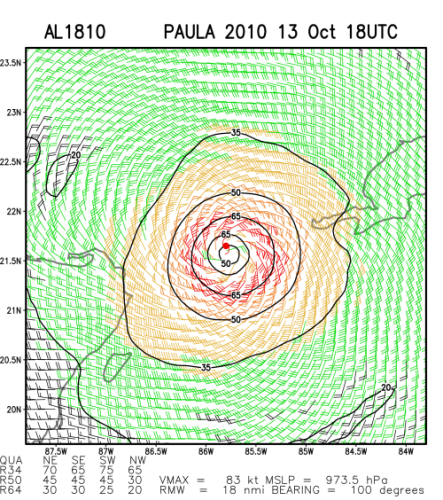 |
MTCSWA combines information from several data sources to create a mid-level wind analysis which is then adjusted to the surface. Eight products are displayed, most notably an inner core scale surface wind analysis.
|
|
|
TCFP |
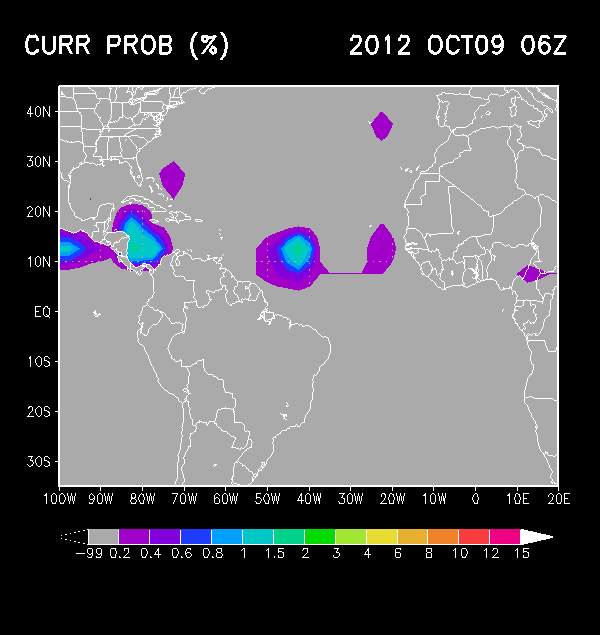 |
The Tropical Cyclone Formation Probability Product provides an estimate of the probability of tropical cyclone formation within the next 24 hours in 5 by 5 degree latitude/longitude areas from 45S to 45N and 0 to 360E.
|
|
| Outside Tropical Products: |
|
|
National Hurricane Center |
Central Pacific Hurricane Center |
 |
The National Hurricane Center is the Regional Specialized Meteorological Center (RSMC) for the Atlantic Basin and is a resource for offical tropical cyclone positions, intensities and forecast tracks.
|
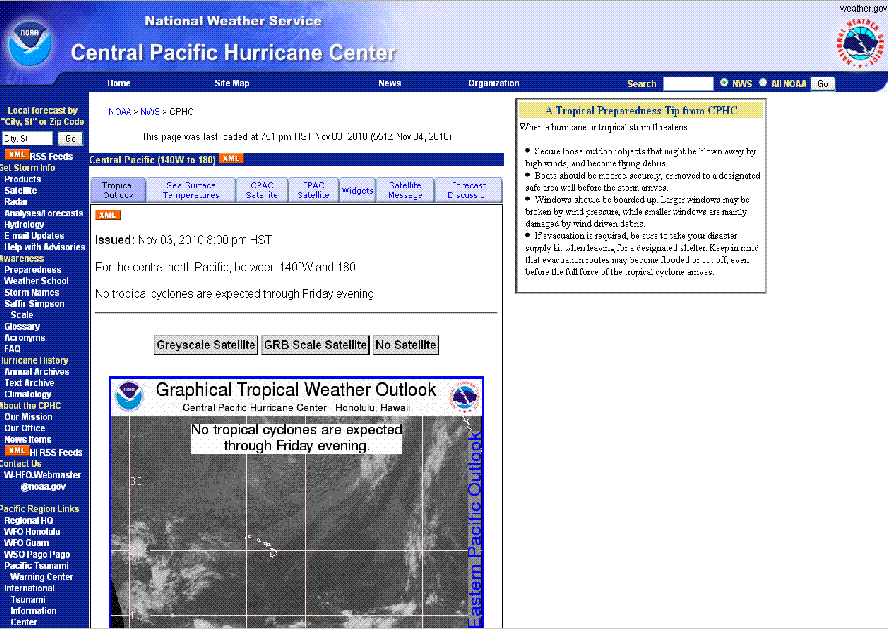 |
The Central Pacific Hurricane Center is the Regional Specialized Meteorological Center (RSMC) for the Central Pacific Basin and is a resource for offical tropical cyclone positions, intensities and forecast tracks.
|
|
|
Joint Typhoon Warning Center |
Regional Specialized Meteorological Centers
Tropical Cyclone Warning Centers* |
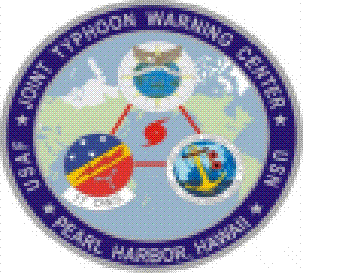 | The Joint Typhoon Warning Center (JTWC) provides tropical cyclone analysis, forecast and warning support for the Department of Defense, and other US Government assets in the Pacific and Indian Oceans.
|  |
Regional Specialized Meteorological Centers and Tropical Cyclone Warning Centers (RSMC/TWTC) provide official position, intensity and forecast tracks for tropical cyclones within their areas of resonsibility.
Tokyo, Japan |
New Dehli, India |
La Reunion, FRA
Jakarta, Indonesia |
Perth, AUS |
Darwin, AUS
Brisbane, AUS |
Wellington, NZ |
Nadi, Fiji |
Port Moresby, PNG
|
|
|
Brazil National Institute of Meteorology* |
NCEP International Desk |
 |
The Brazil National Institute of Meteorology is responsible for issuing the official warning for tropical cyclones in the South Atlantic Basin. | 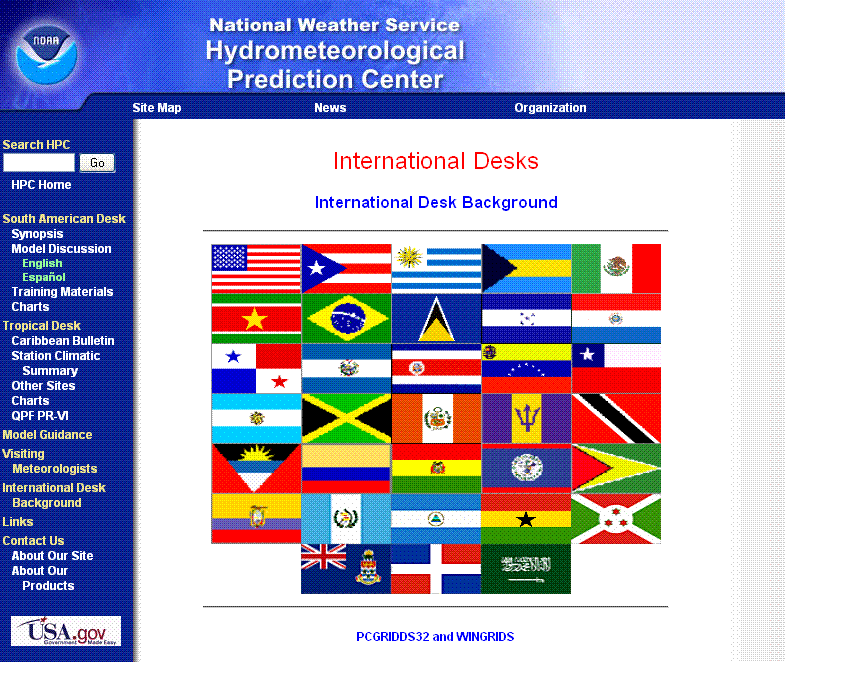 |
NOAA's Hydrometeorological Prediction Center provides visiting scientists meteorological training with an emphasis on the operational use and application of numerical model products. |
|
|
NOAA Environmental Visualization Laboratory |
CIMSS ADT* |
 |
High-resolution, detailed imagery of tropical cyclones as detected in remotely sensed data. |
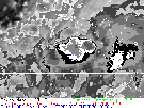 |
The ADT provides an automated, objectively-derived estimate of tropical storm location and intensity using the latest official track forecast bulletins from the National Hurricane Center (NHC), Central Pacific Hurricane Center (CPHC) and the Joint Typhoon Warning Center (JTWC). |
|
















